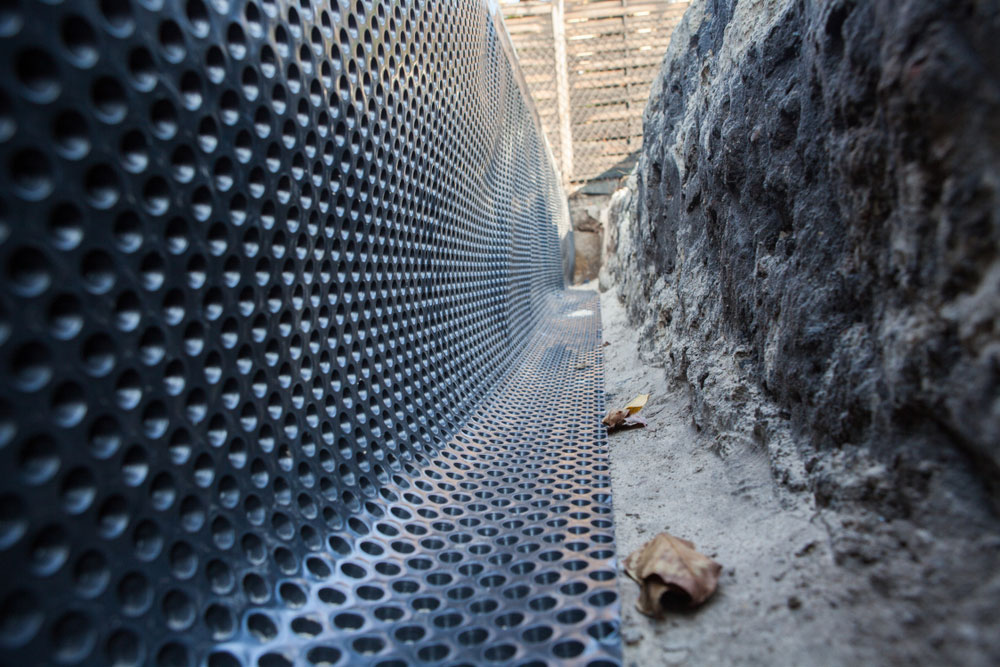Water intrusion in your basement can lead to costly damage, mold growth, and serious structural concerns. Whether you’re experiencing visible signs of water damage or just want to take preventive measures, a basement waterproofing inspection is a crucial first step.
It allows professionals to assess vulnerabilities and recommend effective solutions tailored to your home’s unique needs. Understanding what happens during a basement waterproofing inspection can help you feel prepared, ask the right questions, and make informed decisions.
Here’s a breakdown of what to expect so you can get the most value out of the process.
Initial Assessment and Consultation
Every inspection starts with a conversation and a visual overview of your home.
- The inspector will ask about any history of water issues, including past flooding, musty odors, mold, or dampness.
- You’ll be asked about your basement’s usage—whether it’s finished, used for storage, or has HVAC systems or utilities installed.
- The inspector will walk around the interior and exterior of your home to look for obvious signs of water intrusion or structural weaknesses.
This stage sets the foundation for a detailed investigation and allows the specialist to understand the scope of the problem.
Interior Inspection of the Basement
Next, the inspector will closely examine the basement space for signs of moisture damage or foundation issues.
- They’ll look for water stains, efflorescence (white powdery residue), peeling paint, and warped wood or drywall.
- Cracks in the foundation walls or floor—whether horizontal, vertical, or diagonal—will be noted and evaluated for severity.
- Humidity levels, musty odors, or visible mold may be tested or documented as indicators of poor drainage or ventilation.
A thorough interior inspection helps determine whether the problem is surface-level or tied to deeper structural or drainage concerns.
Exterior Drainage and Grading Evaluation
The inspector will also assess the exterior conditions that might contribute to basement moisture.
- Downspouts and gutters will be checked to ensure they direct water away from the home.
- The slope of the landscape will be examined—yards should slope away from the foundation, not toward it.
- Window wells, external drains, and cracks in exterior walls will be reviewed for signs of leakage or poor drainage.
Since much of basement water intrusion begins outside the home, this step is essential for identifying long-term solutions and preventative measures.
Discussion of Findings and Waterproofing Recommendations
After completing the inspection, the contractor will review their findings and suggest next steps.
- You’ll receive a detailed explanation of the issues discovered, supported by photos or measurements where appropriate.
- The inspector may recommend solutions like interior drainage systems, sump pump installation, exterior waterproofing membranes, or crack injections.
- You’ll be given a written estimate outlining the scope of work, expected timeline, materials needed, and projected costs.
This final step empowers you to make an informed decision and plan repairs or preventative waterproofing measures based on your budget and the severity of the issues.
A basement waterproofing inspection is more than a quick walkthrough—it’s a comprehensive evaluation of your home’s ability to stay dry, safe, and structurally sound. From the initial consultation to in-depth interior and exterior assessments, the process identifies current vulnerabilities and helps prevent future damage.
By understanding what to expect during the inspection, you can work confidently with professionals and invest in solutions that protect your home for years to come. Whether you’re responding to water issues or planning ahead, a waterproofing inspection is a smart move toward a safer, drier basement.

